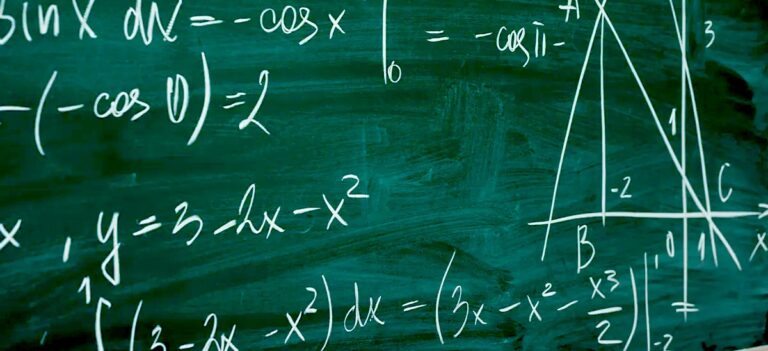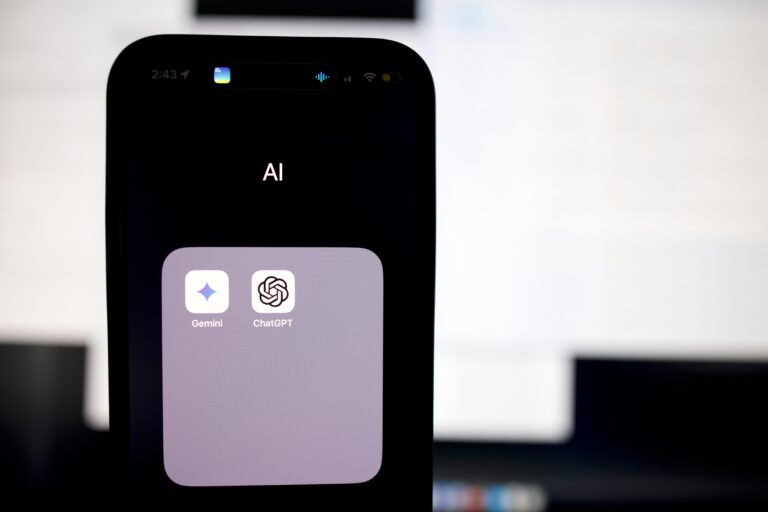Practice or feedback: learn who has the most powerful influence.
I was not supposed to shoot the ball, though. One of the worst players on the court, I was often targeted for easy steals. Teammates would overlook me on offense. Even among the slow, weak, middle-age dads that peppered the league, I was particularly slow, weak, and middle-aged.
But I was all alone at the time. So I fired off the ball with a brawny aim, and surprisingly, it slipped into the bottom of the net with a snap.
Did that actually go in? I thought in a moment of disbelief. And then a follow-up notion: Were my basketball lessons behind this?
I began playing hoops again about five years ago, and it provided all sorts of pleasures, from deadening work-outs to sweaty postgame trips to the bar. But on some nights, I would play for hours without landing a bucket. My best skill, it seemed, was the dedication with which I fouled my opponents.
The Importance Of Feedback
Before you laugh—as some of my friends did—keep in mind that doing an activity is not the same thing as getting better at that activity. We often believe, for instance, that if we sing a lot at church, we will get better at singing over time. Or if we play a lot of soccer, we will score more goals over the years. But that’s not the case. Time spent on an activity doesn’t automatically translate into improvement.
The research is pretty clear on this fact, and some first-year college students will have clear misconceptions about physics, even after they’ve solved more than 1,500 physics problems. So while the students banged out Newtonian problem after Newtonian in high school, they still couldn’t really explain Newton’s third law.
Handwriting is a similar case study. After grade school, we tend not to practice our penmanship. We don’t seek out feedback, and so while we might pen notes every day, our skills get worse. Our “g”s will look more like an “s.” Sentences will look like a set of tiger claw marks. In fields like medicine, this happens despite the fact that weak handwriting skills might cause some 7,000 deaths each year.
This idea goes a long way to explain why feedback is so important to practice. Smart, focused criticism helps us figure out how to improve. Feedback makes us realize what we’re doing wrong¾and how we can do it right. As researcher John Hattie writes in his book Visible Learning, “the most powerful single influence enhancing achievement is feedback.”
I’ll admit that I had long ignored this fact in my basketball life. Before pick-up games, I’d often go to the local gym to try and improve but I wouldn’t really monitor my outcomes. I didn’t get any feedback on my footwork or track the number of shots that fell in. Practice expert Anders Ericsson sees this all the time, and he told me that when most people practice, “they don’t have a clear idea of what they should improve, and so they’re just wasting their time.”
When it came to hoops, better forms of practice and targeted feedback eventually came in the form of Dwane Samuels. During his 20s, Samuels had played basketball at some big-name colleges, notching up minutes in summer leagues against NBA All-Stars like Ben Wallace. Later, Samuels found a spot playing for the Washington Generals, the Harlem Globetrotters’ perennial opponents.
The most powerful single influence enhancing achievement is feedback.” – John Hattie
Self-monitoring
Samuels had moved to the United States from Jamaica as a teenager, and in his Caribbean-tinged accent, he kept up a patter of focused guidance as I repeated some of the same drills that I had once did in elementary school. “Keep your elbows,” he’d say. Or “now aim for the top of backboard.”
For a long time, I was too embarrassed to tell anyone about the tutoring—not friends, not family—certainly not anyone that I played basketball with each week. A plodding father of grown children should not take lessons to become a better baller. Tennis classes? Maybe. Golf? Fine. But basketball is a young person’s game, fast and quick, and most of Samuels’s clients were children who were about the same age as my own.
But within weeks, my jumpers started falling more regularly. I hit 3-pointers. Other people began to notice, too. “You were ‘Mr. Lights out!’ with the shooting,” someone emailed me. I was surprised by my improvement, to be sure. Despite working on a book on learning, I didn’t quite believe the initial gains that I saw in my game.
It turned out, though, that my development was actually pretty typical. Especially in the early phases of learning, guidance and criticism can have an impressive impact, and to a degree, the effects of feedback are really the effects of instruction. When we get outside advice, we’re landing information on how exactly to execute a skill.
Feedback also gives us a way to track performance, to gain insights into our own behavior, and it turns out that we don’t even necessarily need an instructor to get some of the benefits of focused criticism. Even just a bit of self-monitoring can reduce errors—and boost outcomes.
On this point, my favorite example is Mark Bernstein. A brain surgeon in Toronto, Bernstein once wrote down every single mistake that occurred in his operating room. If a tube fell to the floor, Bernstein made a note of it. If a suture didn’t stick, he’d record it. Even just some miscommunication would go into his database.
Bernstein’s effort created a “feedback loop,” as Ericsson argues, and the effects of the monitoring were immediate. Bernstein’s team’s surgical error rate plummeted over the first year. What’s more, the positive effects of the self-monitoring continued to hold for more than a decade, with Bernstein’s error rate continually declining over time.
Granted, feedback—even it’s just a little self-monitoring—has its downsides. Tracking outcomes can be embarrassing. During a practice session, Samuels once blocked one of my shots with such strength that the ball bounced off the wall with an echoing thwack. Worse, Bernstein’s team once dropped a piece of someone’s skull “about the size of a playing card” onto the floor during a surgery. “Mortified” is how Bernstein describes the experience.
I came to view this embarrassment as part of the cost of getting better, and I also began to do more to monitor my own performance. Sometimes I’d video myself so that I could figure out ways to improve my shooting. On a court near my house, I also began noting my shooting percentages from various spots on the court and would aim to make 5 out of 10 shots from the corner or 6 out of 10 shots from the top of the key.
Time spent on an activity doesn’t always translate into improvement.”
Spaced Practice In Practice
Following the science, I also tried to mix up my practice as much as possible. So instead of shooting 50 jumpers in a row and then 50 foul shots, I would interleave the shots. First, five jumpers, then five four shots, then five jumpers again. “The ultimate crime is practicing the same thing multiple times in a row. Avoid it like the plague,” psychologist Nate Kornell told me. “If you practice for a long chunk of time but don’t repeat anything,” that works far better.
Eventually, it all started to come together, and on one night, I caught a bit of a hot streak. I hit one from the corner. I nailed one from the top of the key. By then, my teammates knew something was different, and one friend asked me boldfaced: “Man, you been practicing or something?”
–Ulrich Boser
This piece first appeared in Slate.




